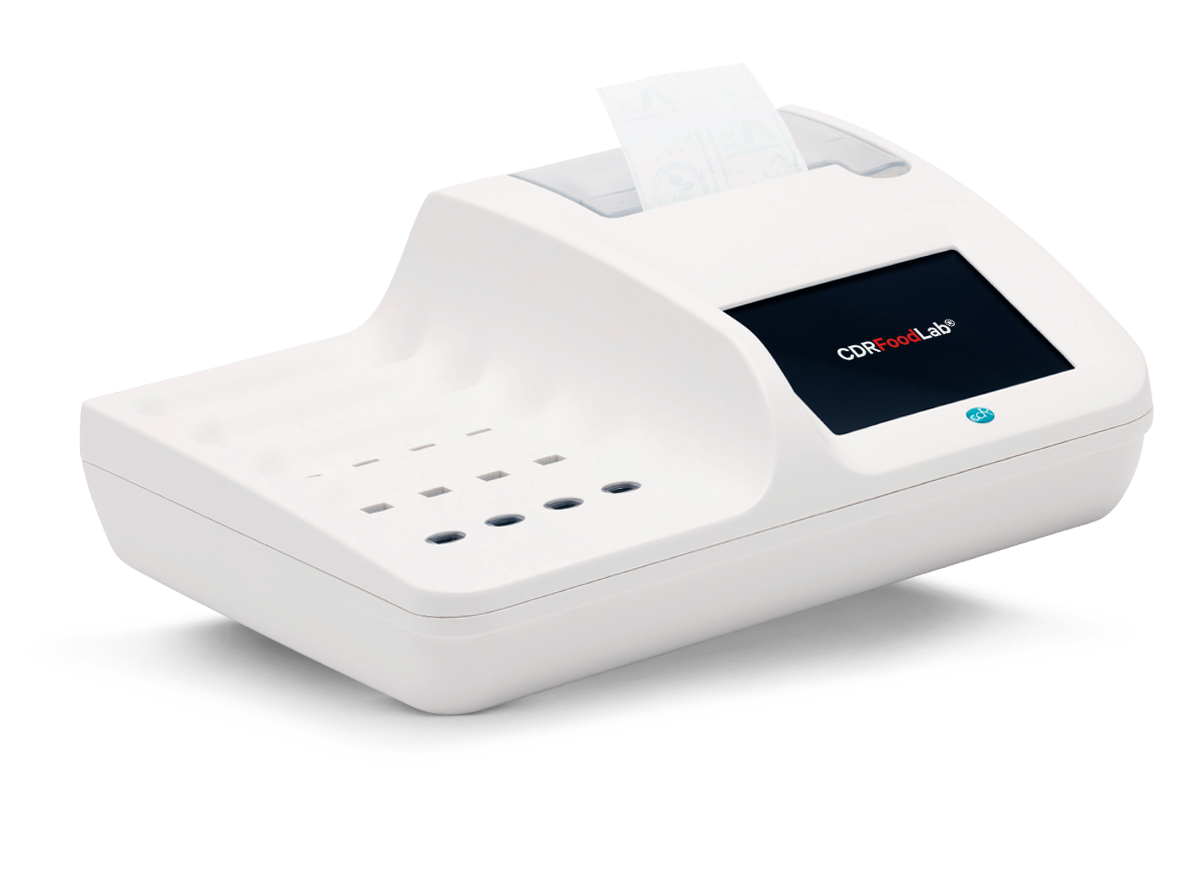Determination of Lactic Acid (D + L) in tomato derivatives
In tomato derivatives Lactic acid is produced by the fermentation of lactose mainly through microbial activity. Its concentration depends on the total bacterial count and can be a useful indicator of the good state of preservation. So the determination of the concentration of lactic acid finds a useful indicator of a good state of preservation. Furthermore, the concentration of lactic acid must be within the limits of the law.
Method
Test Principle
D-lattico and L-lactic acids are oxidized through an enzyme to pyruvic acid with NADH production as a result. The increase of absorbance, measured at 366 nm in end-point, è directly proportional to the concentration di acido lattico nel campione. Il risultato viene espresso in ppM.
Calibration Curve
Comparative tests, on samples of tomato performed between the reference method and the CDR FoodLab® method, made in a leading tomato production company, have confirmed a very good alignment between the two systems.

Reagent test kits
Measuring Range
| Analyses | Measuring range | Resolution | Repeatability |
|---|
Analyzers for quality control of tomato products quality control
CDR FoodLab®
- Complete analysis panel, supplied already configured
- Up to 16 determinations simultaneously
- Possibility of carrying out analyses of the same sample
- Integrated printer
- Full connections (LAN - USB - Bluetooth barcode/QR code reader)
CDR FoodLab® Jr
- Partial analysis panel, supplied configured with 3 analyses of your choice, implementable
- Up to 3 determinations simultaneously
- Wireless connection to external printer
- USB connections
